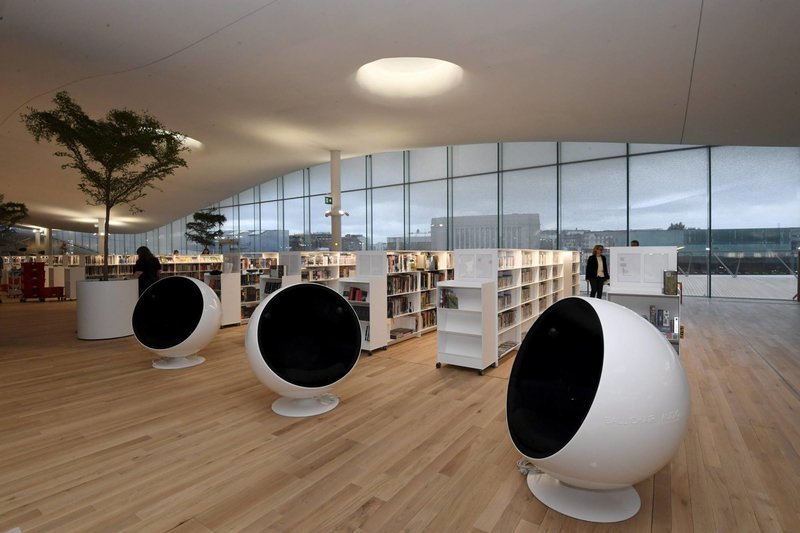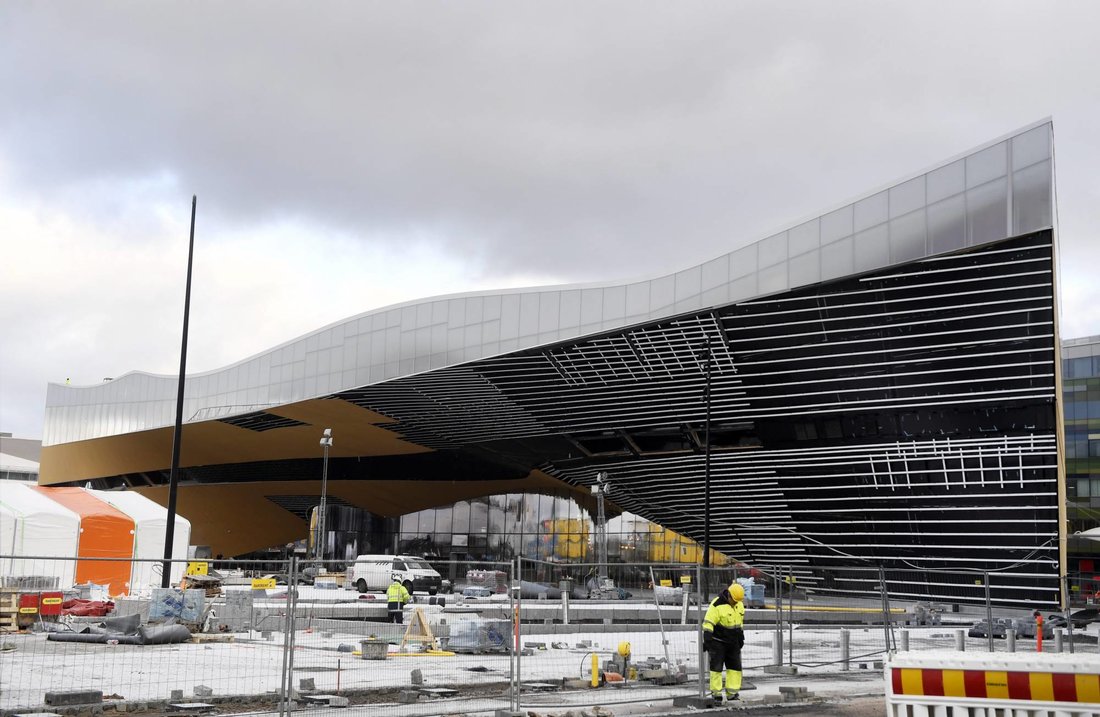是时候彻底重新设计智能手机了

|
2019才过去两个月,但人们已经进行了很多新的思考。 上周于巴塞罗那举办了年度世界移动通信大会(Mobile World Congress)展览,来自于现代移动经济的数万名与会者将思考智能手机和无线网络的未来。我们是否需要能在数字生活中充当多种角色的可折叠设备?速度大幅提升、连接设备数激增的5G网络会给我们带来什么?我们能让移动设备更实用但不那么让人分心、技术性更高但更便宜、更持久、更有益于环境吗? 还有苹果公司内部进行了一系列新的思考,而且彼此之间并非毫无关系,《华尔街日报》(Wall Street Journal)是这么报道的。把苹果一连串的动作联系起来——从零售主管安吉拉·阿伦茨看似突然的离职到新人约翰·詹安德里亚闪电加盟,掌管包括Siri在内的所有人工智能项目——苹果据说正在为“iPhone之后的生活”(Life After iPhone)做准备。听起来就像是一幅塞尚的静物画,对吗? 作为书虫,新开的赫尔辛基中央图书馆Oodi(Oodi Helsinki Central Library)所代表的几年来的新思想更让我着迷。这栋三层建筑呈矩形,包裹着波浪形的玻璃,云杉掩映。顶层主要是书架和阅览室,被称为“书的天堂”。进门后第一层有咖啡厅、电影院和其他供人闲逛和交流的标准化公共空间。中间一层用于制作,项目应有尽有,有用于制作音乐(可能还有播客?)的录音工作室,也有21世纪的独有概念“自造者空间” (makerspace),里面充满了3D打印机和其他用于搭建实物的装置。 |
We are only two months into 2019 but there is already a lot of re-thinking in the air. Last week was the annual Mobile World Congress show in Barcelona, where tens of thousands of participants in our modern, mobile economy will ponder the future of the smartphone and wireless networks. Do we need foldable devices that can serve more than one role in digital life? What will happen when 5G networks arrive with much higher speeds and the capability to connect exponentially more devices? And can we make our mobile devices perhaps more useful but less distracting, more filled with tech but less expensive, longer lasting and better for the environment? Then there is the not unrelated re-think happening at Apple, so reports the Wall Street Journal. Connecting a half-dozen moves—from the seemingly sudden departure of retail head Angela Ahrendts to the rapid rise of new-hire John Giannandrea over all A.I. efforts including Siri—Apple is said to be preparing for “Life After iPhone.” Sounds almost like a Cezanne still life painting, doesn’t it? Ever the bookworm, I was more taken with the multi-year re-think represented by the recent opening of the new Oodi Helsinki Central Library. The wavy glass and spruce-clad rectangular building is three floors. At the top it’s mainly shelves and reading rooms, dubbed “book heaven.” The entry level ground floor has a café, movie theater, and other standard public spaces for just hanging out and letting people mingle. In the middle, though, is space for making things—everything from recording studios for producing music (and perhaps podcasts?) to that distinctly 21st Century concept of a “makerspace,” filled with 3D printers and other gear for building actual physical objects. |

|
有趣的是,丹麦的第二大城市奥尔胡斯在几年前开设的一家大型图书馆也与之类似,十分具有前瞻性,奥斯陆明年也准备这么干。 总而言之,巴塞罗那有一些非常酷的图书馆,但因为要在世界移动通信大会的“书架”中漫步,我不确定是否有时间去一一拜访这些图书馆。最新的图书馆似乎充满了新的想法,可以打破藩篱,激发创新,广泛改善我们的公民社会。我们只能希望未来智能手机的建造者也能感受到同样的氛围。(财富中文网) 译者:Agatha |
Intriguingly, Denmark’s second largest city, Aarhus, opened a similarly forward-looking new main library a few years ago, and Oslo is about to do the same next year. Bringing it all together, there are some pretty cool libraries in Barcelona, but I’m not sure I’ll have much time to check them out as I wander through the “stacks” at MWC. The newest libraries seem filled with new ideas that could break down barriers, stir creative impulses, and generally enhance our civil society. We can only hope the architects of our future smartphones get the same vibe. |













